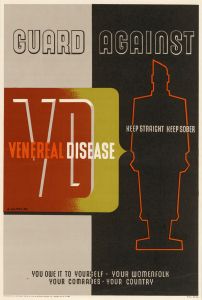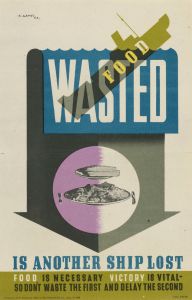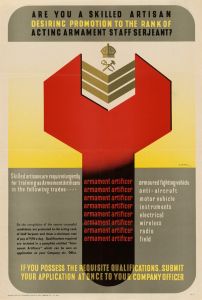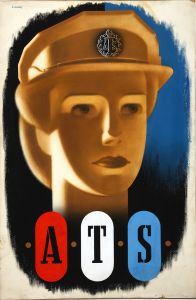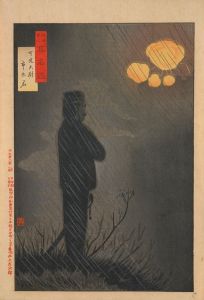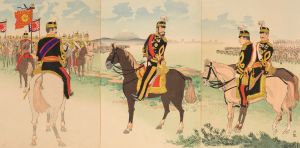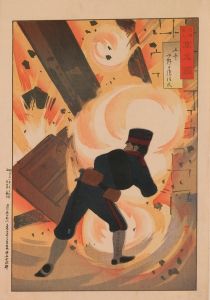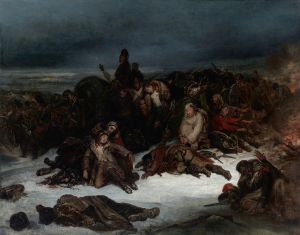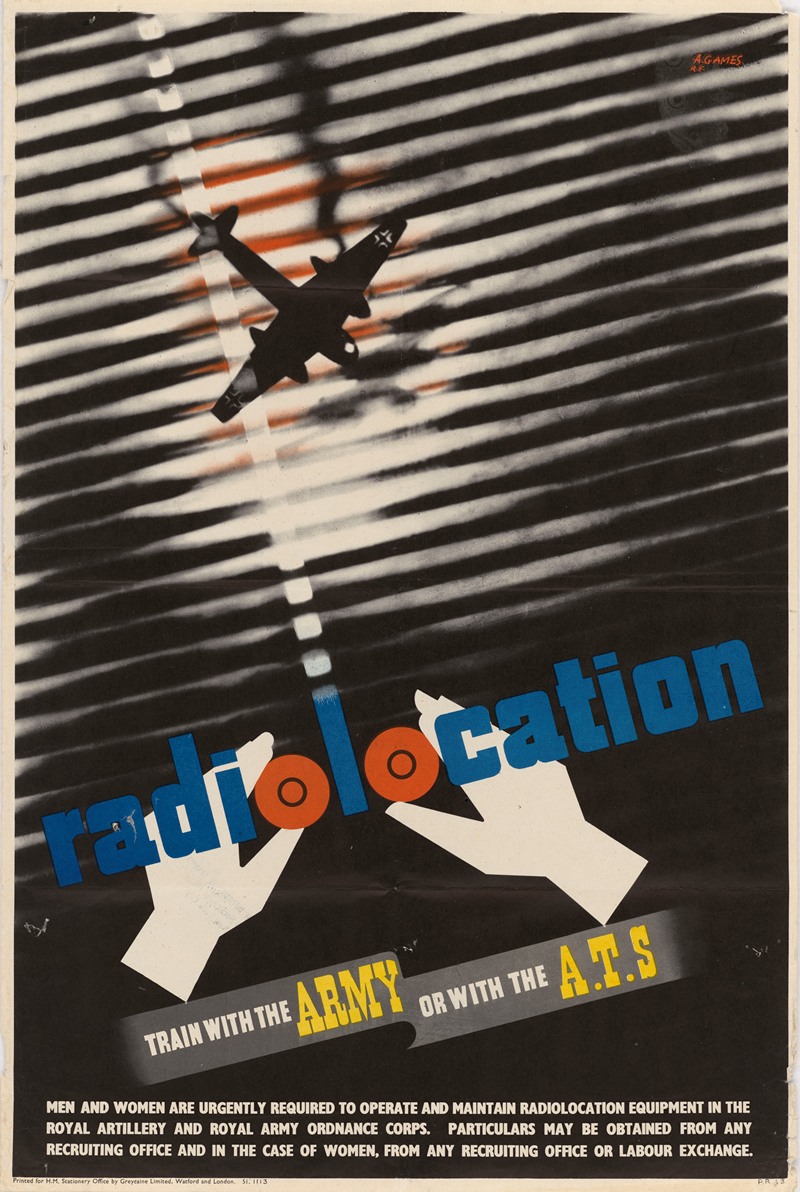
Radiolocation – Train with the Army or with the A.T.S.
A hand-painted replica of Abram Games’s masterpiece Radiolocation – Train with the Army or with the A.T.S., meticulously crafted by professional artists to capture the true essence of the original. Each piece is created with museum-quality canvas and rare mineral pigments, carefully painted by experienced artists with delicate brushstrokes and rich, layered colors to perfectly recreate the texture of the original artwork. Unlike machine-printed reproductions, this hand-painted version brings the painting to life, infused with the artist’s emotions and skill in every stroke. Whether for personal collection or home decoration, it instantly elevates the artistic atmosphere of any space.
"Radiolocation – Train with the Army or with the A.T.S." is a notable poster created by the British graphic designer Abram Games during World War II. Abram Games, renowned for his distinctive and innovative poster designs, was an official war artist for the United Kingdom. His work is characterized by its clarity, directness, and ability to convey messages effectively through visual means.
This particular poster was part of a series of recruitment and propaganda materials aimed at encouraging enlistment and participation in the war effort. The poster was designed to promote training in radiolocation, an early term for what is now commonly known as radar technology. During World War II, radar was a crucial technological advancement that significantly contributed to the Allied forces' ability to detect and respond to enemy aircraft and ships.
The poster specifically targeted potential recruits for the British Army and the Auxiliary Territorial Service (A.T.S.), the women's branch of the British Army during the war. The A.T.S. played a vital role in various non-combatant capacities, including operating radar equipment, which was essential for the defense of the United Kingdom.
Games' design for this poster is emblematic of his style, which often featured bold colors, striking imagery, and a clear, concise message. His work was instrumental in communicating important wartime messages to the public and encouraging participation in various aspects of the war effort. The use of visual elements in the poster would have been carefully crafted to attract attention and convey the significance of radiolocation training.
The historical context of this poster is significant, as it reflects the broader efforts of the British government to mobilize and utilize all available resources, including women, in the war effort. The A.T.S. was established in 1938 and expanded rapidly during the war, with women serving in roles that were critical to military operations, including radar operation, which was a relatively new and technologically advanced field at the time.
Abram Games' contribution to wartime propaganda through his posters is well-documented and celebrated. His ability to distill complex messages into simple yet powerful visual statements made his work highly effective and memorable. "Radiolocation – Train with the Army or with the A.T.S." is a prime example of how art and design were used strategically during World War II to support military objectives and national morale.
Overall, this poster not only served a practical purpose in recruitment but also stands as a testament to the role of graphic design in historical contexts, illustrating how visual communication can influence public perception and action during critical periods.







